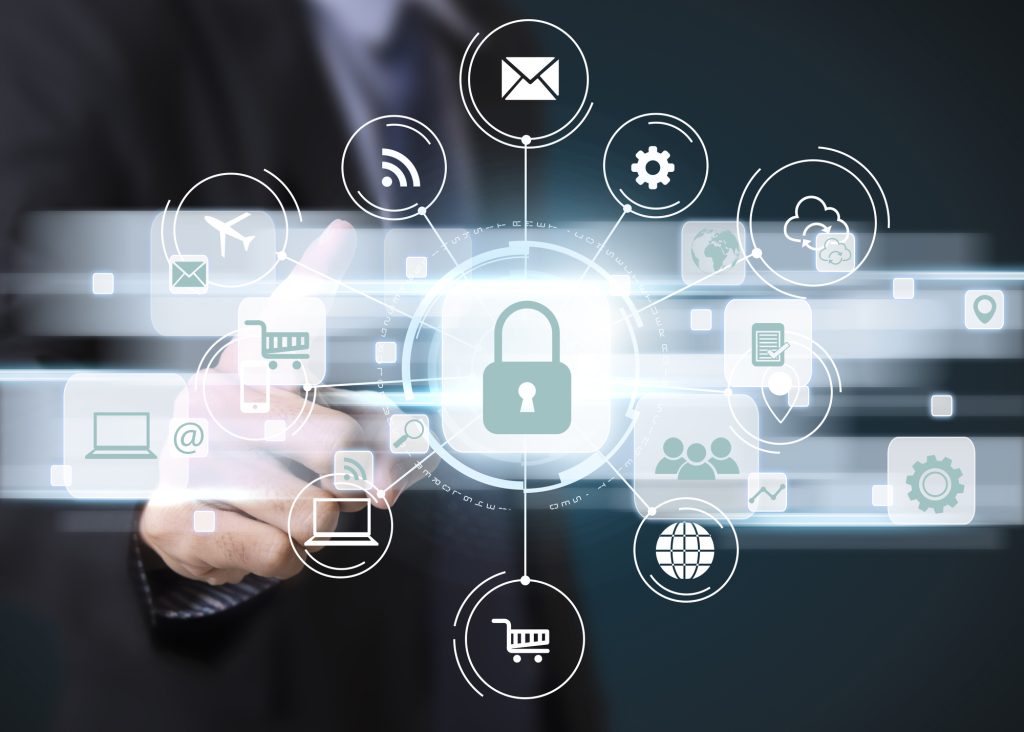- November 16, 2022
- Catagory Data Protection
What is SIEM and Why Do You Need It?
The cybersecurity landscape is replete with acronyms, and it can be hard to figure out which ones matter to your business. SIEM stands for Security Information and Event Management, and it’s something you should be leveraging to keep your organization safe.

Pronounced “sim,” SIEM is a software-based cybersecurity technology that gives you a single, streamlined view of your data along with your operational capabilities and security at activities to you can better detect, investigate, and mitigate threats. SIEM bolsters your security posture by providing this visibility in real-time and encompasses your entire environment, no matter how distributed – and it likely is in this era of increased remote and hybrid work.
If you’re worried that SIEM is yet another massive software deployment, there’s good news: it can be cloud-based and configured to monitor your on-premises, hybrid and cloud infrastructure while tapping into a broad array of security tools and technologies.
How SIEM works
SIEM thrives on having a lot of data sources to monitor. It ingests as much data as possible on the hunt for unusual activity that represents a threat actor trying to gain access to your systems or making trouble once they’re already in. Combined with its ability to give you a real-time snapshot of your IT infrastructure and keep logs to support your compliance obligations, SIEM gives you the ability analyze data from network applications and hardware, and cloud and software-as-a-service (SaaS) solutions — all in real time so you can stay top of threats, whether they’re internal or external.
SIEM monitors network devices such as wireless access points, routers, and switches, bridges, as well as the software running on them. It also pulls data from security devices such as firewalls, antivirus software, and intrusion detection appliances, as well as devices and activity related to remote work. Users, event types, IP addresses, memory, and processes are all monitored for signs of exceptional activity – everything from potential malware to a failed login so that any deviations are flagged for security analysts to investigate.
Essentially, your SIEM is a security command center that pulls together all event data into a single location but adds useful context for analysts so they can prioritize what to respond to and investigate. Everything is presented on dashboards, including an overview of notable events with details, risk analysis, and a workbook of all open notifications. Intelligence from users, threats, protocols, and the web are all brought together.
How SIEM helps
SIEM offers many benefits for organizations looking to improve their security posture.
It provides a high level of visibility to help your security teams see everything across your IT infrastructure, including remote endpoints. The right SIEM solution also reduces the number of false alerts, so your IT teams aren’t spinning their wheels and are able to focus on detecting and investigating actual threats. SIEM is also flexible so you can integrate it into your environment with all its unique characteristics that are driven by your industry, including any compliance obligations.
Most of all, SIEM is something your managed service provider can help you with, so you’re not faced with another onerous software deployment. They can help you select, deploy, and even manage the right SIEM solution so you can get the visibility you need to improve your security posture.




 Latest Blogs
Latest Blogs FAQ
FAQ